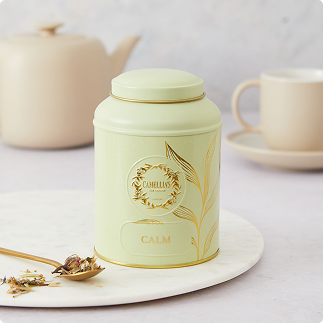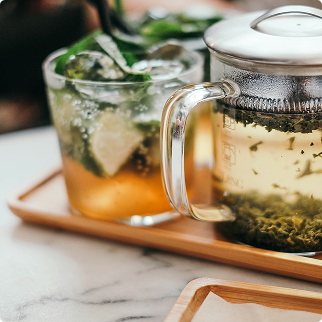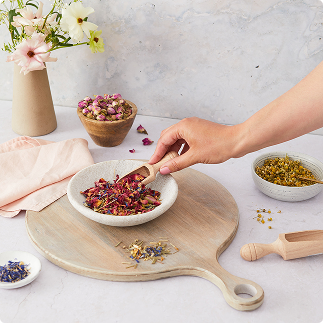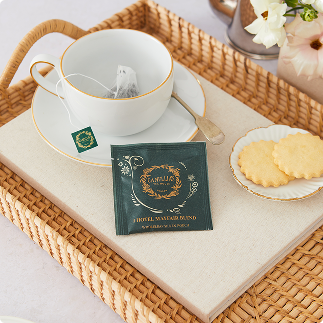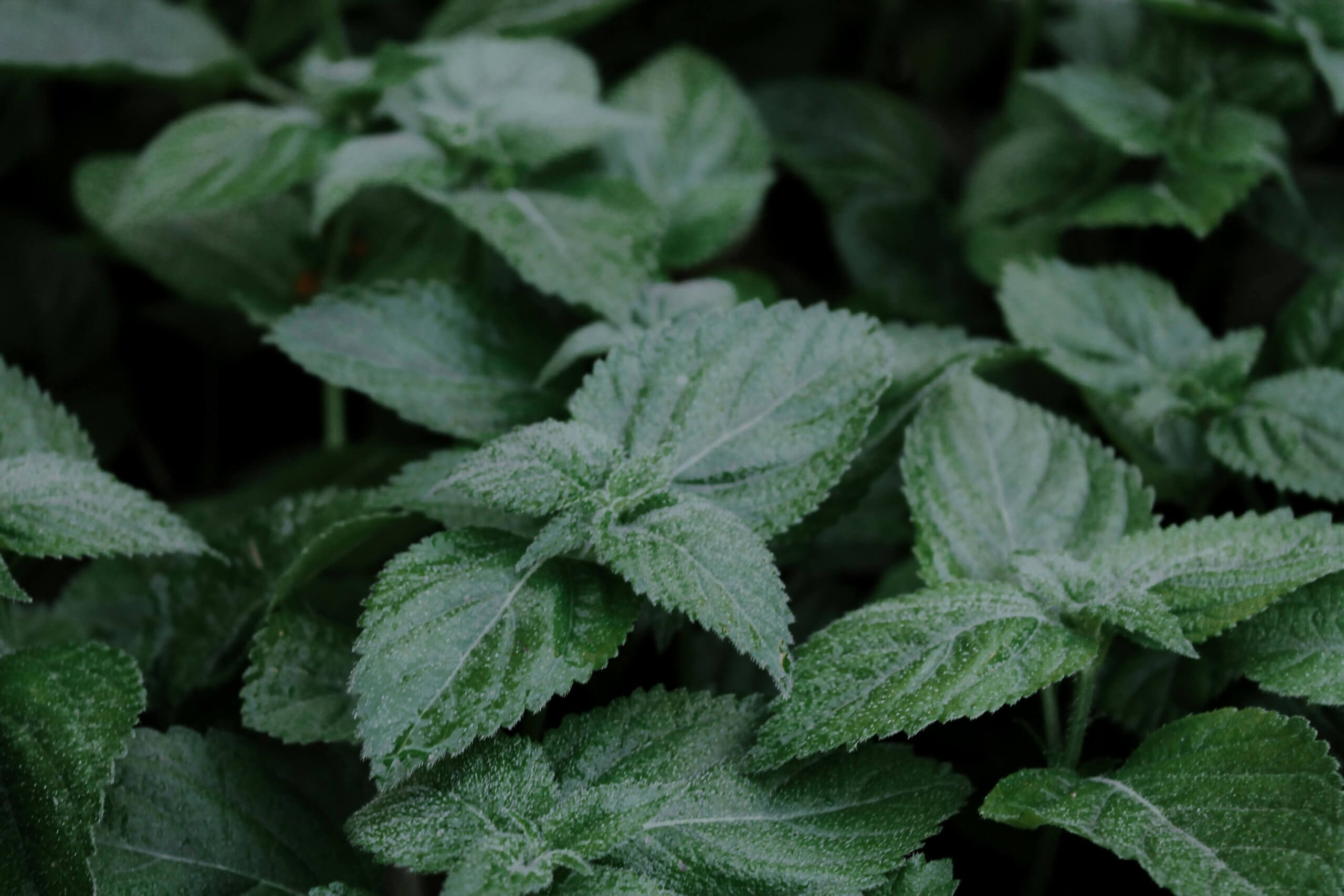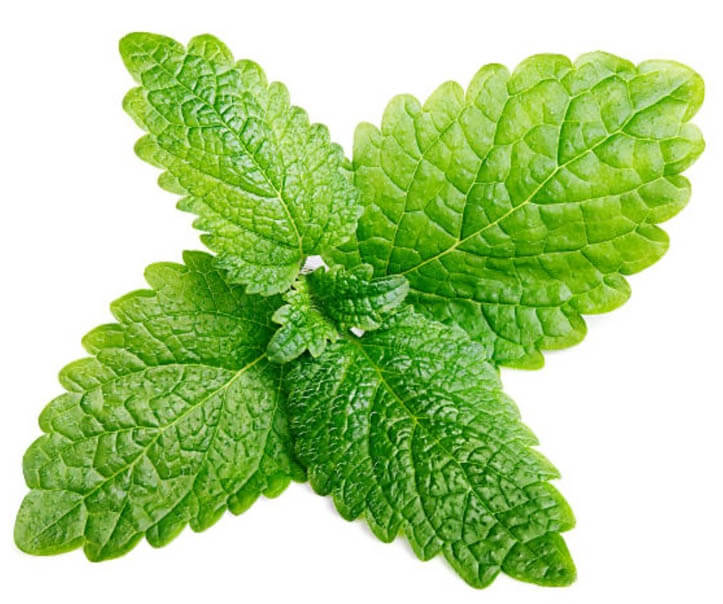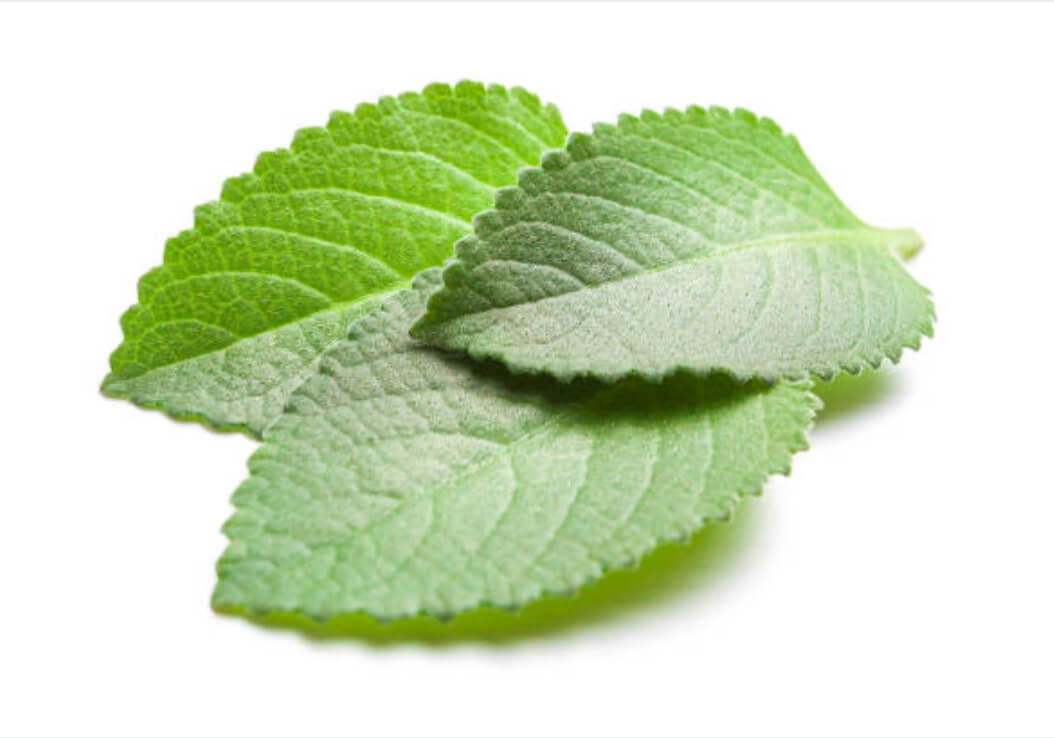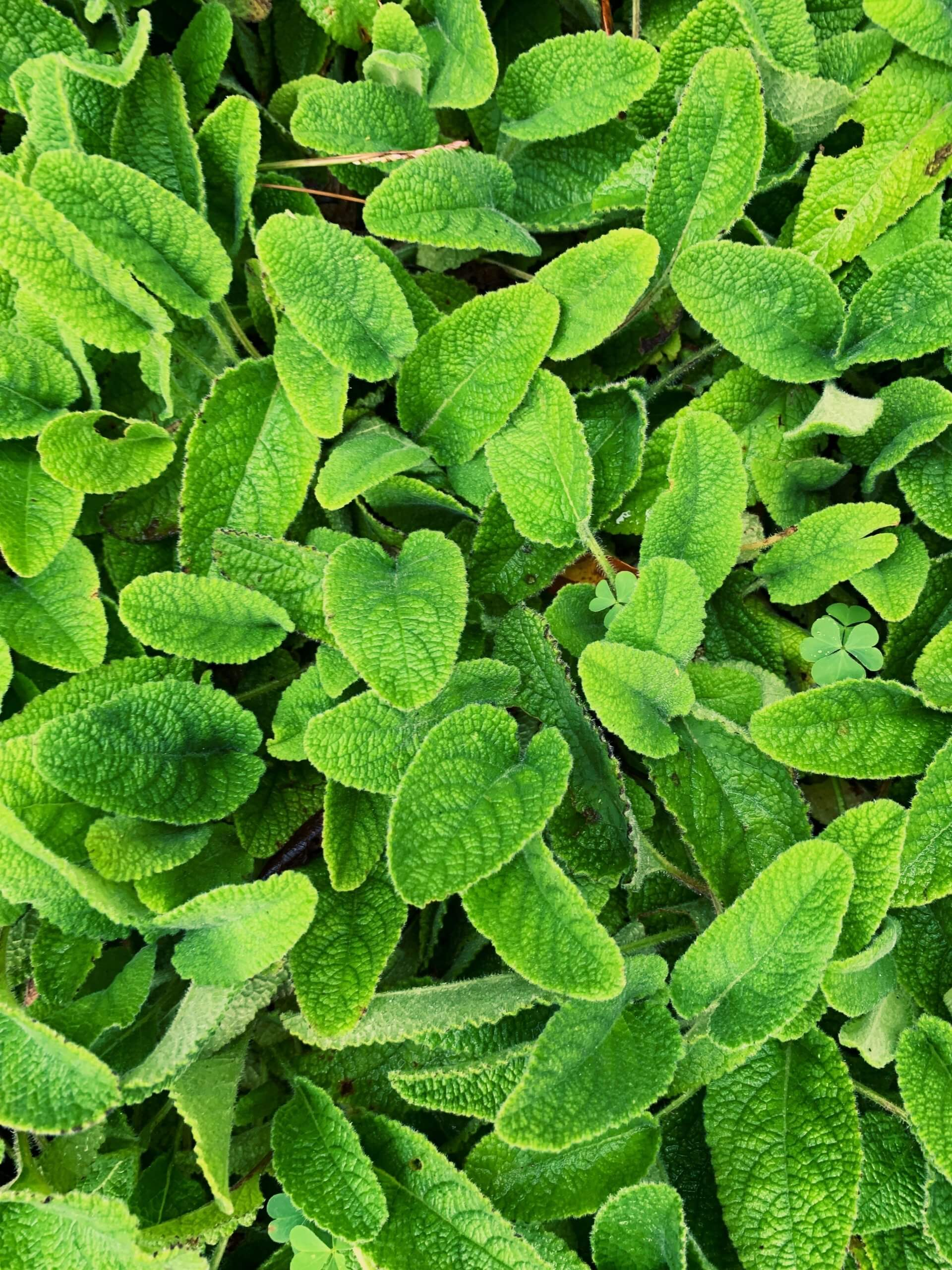Lemon Verbena
Hibiscus is native to Africa but can be cultivated in North America and South-East Asia. They belong to the Mallow family and are also known as roselle, sour tea, or red sorrel. They can tolerate frost as long as there is adequate moisture, and it prefers full sun with well-drained soil. There are more than two hundred species of deciduous trees and shrubs in the hibiscus genus. The hibiscus is an erect evergreen shrub, growing to a maximum of 10m in the wild. The taller species can grow to about nine feet in height. The oval-shaped leaves are palmately veined or lobed, glossy dark green colour, and usually three to five inches long. The stems are typically round and smooth. The entire plant is covered with fine grey hair.
The flowers are big and attractive and can be white, pink, red, or purple. Red flowers are most commonly cultivated for medical purposes and are available as dietary supplements. All parts of the plant, that is above the ground, are edible but the part used most often is the calyx (the outer base of the flower). When the flower becomes enlarged they can be consumed as fiber, or for the healing properties; they contain flavonoids and anthocyanins www.ncbi.nlm.nih.gov/pmc/articles/PMC5613902/ (blue, red, and purple pigments found in plants). When the flower dies, the calyces become big, red, and juicy. They have a similar structure to rosehips (link this to rosehips ingredient page when written). The calyces are commonly used for brewing teas and added to food for flavour and colour.
FOLLOW OUR JOURNEY
